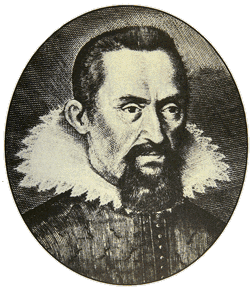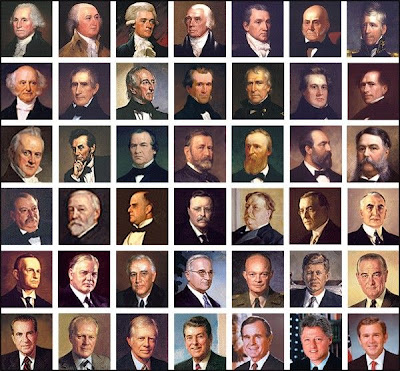The painting is "The Annunciation" by Fra Angelico from 1443. The people in the painting are, of course, the Archangel Gabriel and the Virgin Mary. As I contemplated this painting, I started thinking about the 15th century ideals of masculinity. If this painting has anything to say about it, masculinity in itself wasn't particularly hot back then, not in 1443 in Italy.
Consider Gabriel and Mary. Both are equally flat-chested. Both are equally smooth-faced, rosy-cheeked, mild-eyed and fine-featured. Both have wavy hair and almost identical semi-long hairstyles, although he is more blond than she. He wears pink and she wears blue. He sports fantastic multicolored wings, but her halo is bigger than his. Both strike very similar poses, although he is standing up and she is sitting down.
Seriously, people, in what way or ways is he more masculine and less feminine than she is?
You'd think that only angels could look like this, and you'd be right, of course. But if angels were seen as ideals in any way, then the 15th century ideal for men was mild and gentle, at least in some countries. As I looked at more 15th century paintings, I could see that men in general seemed to have longish hair and clean-shaven faces back then.
Nicholas Copernicus, who put forth the idea that the Sun and not the Earth is the center of the universe, was born in the 15th century but lived most of his life in the 16th century. He sports longish hair and a clean-shaven face in this painting. He looks straight into the observer's eyes with a mild expression in his eyes, like Gabriel looking at Mary.
Later on in the 16th century, men cut their hair short and grew beards.

This is Johannes Kepler, who demonstrated, among other things, that the planets in the solar system follow elliptical orbits around the Sun. He was born in the 16th century, but lived half his life in the 17th century. Note his short hair, his beard and his slightly angry expression in this painting. He is not looking at us.
Later on in the 17th century, important men started wearing huge wigs. The mass of hair surrounding their faces made the men look generally larger and more imposing. This is Isaac Newton:
These wigs always left the forehead bare, as if to underscore the importance of the thinking processes going on behind their frontal bones. (It is almost as if these thinking processes took physical shape in the form of masses of hair coming out of the men's heads.) Note the calm gaze that Isaac Newton gives to us. He seems to look slightly down on us, while Nicholas Copernicus rather seemed to look up at us.
In the 18th century, men wore much smaller wigs, which were often powdered and white and tied up in small ponytails. The "heaviness" of the 17th century male fashion was gone, and the men expressed lightness, often a certain gaudiness and even a kind of foppishness.
This is King Gustaf III of Sweden, who was murdered in 1792. Note in this painting (by Alexander Roslin) the king's theatrical pose, his clean-shaven face, his pink cheeks, his perfect wig and his amused smile, which he is directing at someone other than us. The king might actually be in the middle of a dance and looking at his dance partner.
After the French Revolution in the late 1700s, men's fashion changed in a way that it has never really recovered from. From now on, a man should look like this: Hair: Short. Face: Usually, but not always, clean-shaven. Clothes: White or light shirt. Dark long pants. Dark jacket. Dark coat. Dark or sometimes colorful tie or bowtie.
This is a painting of a gentleman from the first half of the 19th century. He has brown short hair and sideburns, but he is otherwise clean-shaven. His forehead is exposed, calling attention to his thinking processes inside. He is wearing an elegant three-piece dark suit, an expensive white shirt and a glold chain. He is seated and leaning back into his chair. Compare him with Gabriel the Archangel, who struck a humble pose and seemed to bow. This gentleman is leaning back instead of leaning forward, thereby creating an air of superiority for himself. He is looking straight into our eyes with a self-satisfied smile on his face.
Male fashion of today. Note the strict white shirts and the dark jackets as well as the ties. You can tell by their hairstyles which of the two is the Prime Minister of Great Britain: it is, of course, the man on the right. Surprisingly, the dishevelled-looking guy with his tie all askew is actually the Mayer of London, Boris Johnson. The two men seem to have been drinking and appear to be a bit tipsy.
Another male ideal of today is the super-masculine one:
These men represent super-masculinity: they have short hair or shaved heads, often a three-day shade and tattoos, as well as big muscles.
Masculinity has come a long way since the day of Fra Angelico's Archangel Gabriel. I'm not altogether sure that the change has been for the better.
Ann














